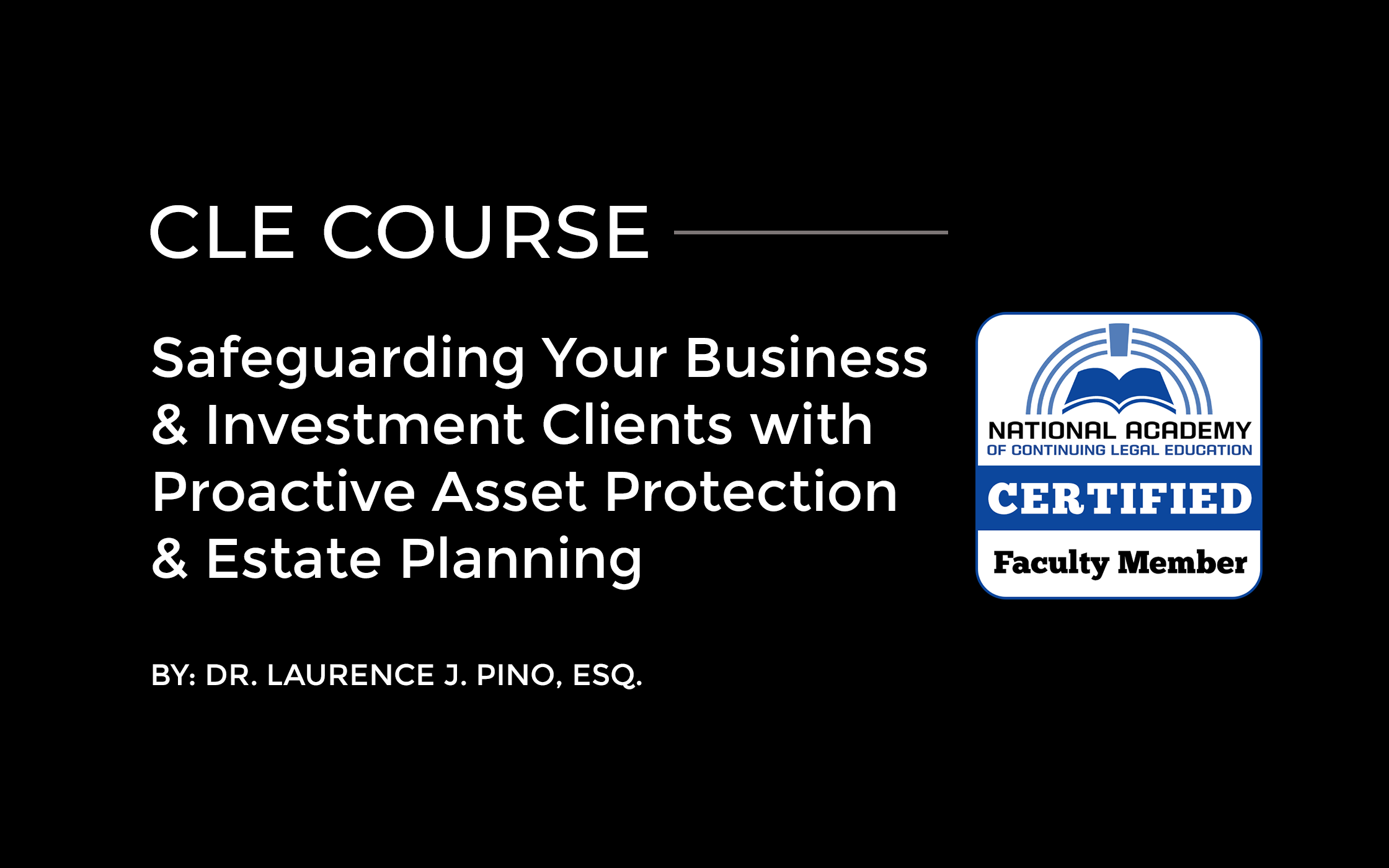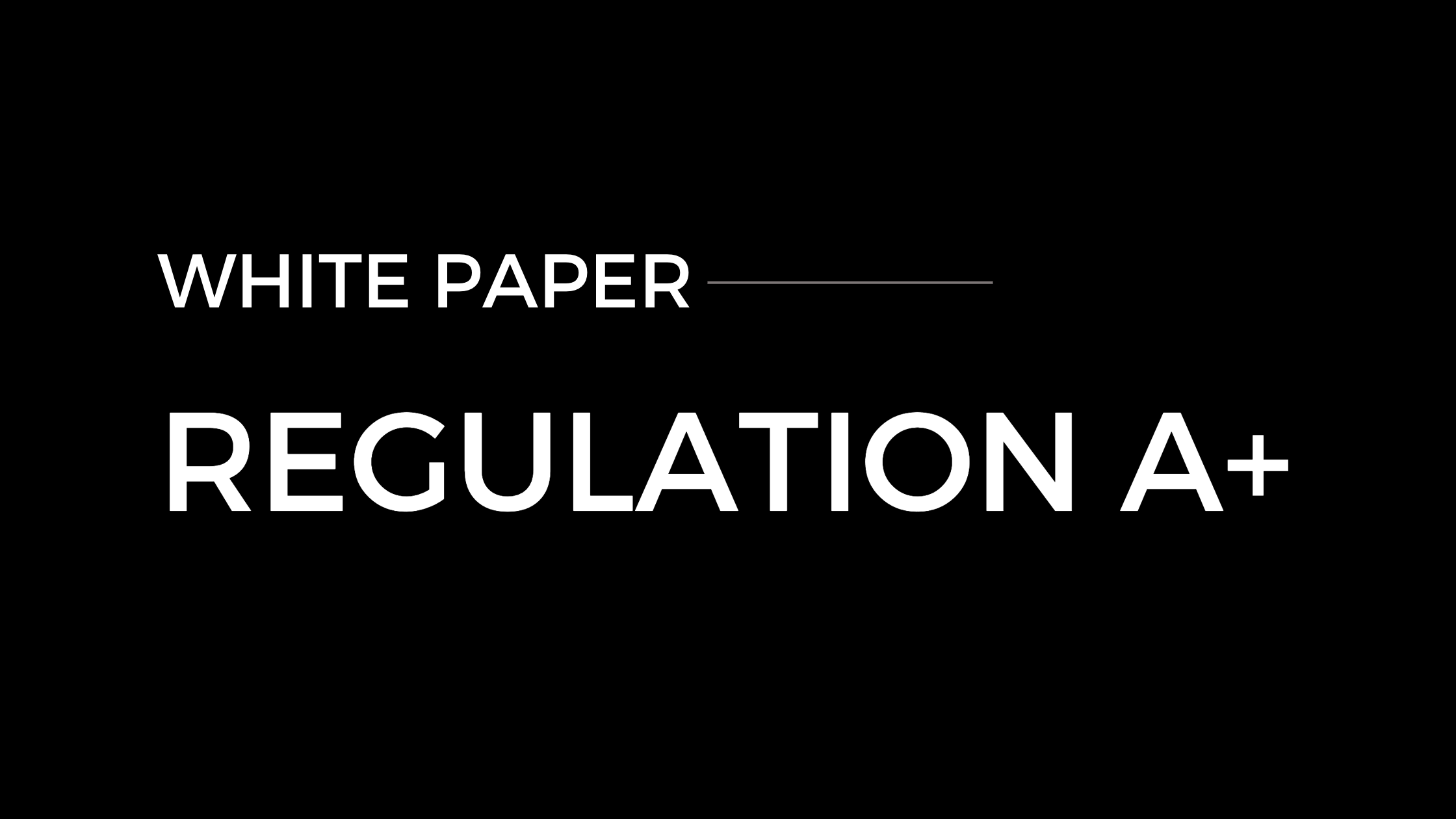No matter the current circumstances, there are a number of steps that all businesses can take to protect and defend its reputation, based on their Internet exposure.
1. No negative online posts about the business or its principals. Although very few businesses find themselves in this category, a proactive approach to protecting the business’ reputation is vital to keeping online negative posts at bay. First, protect the business name and logo(s) by registering them with the U.S. Patent and Trademark office and protect website(s) by registering them with the U.S. Copyright Office. Since Section 230 immunity does not apply to infringement of intellectual property, the owner of the website can be held responsible for anyone using your trademark(s) or website content.
Second, procure.com and .net web domains for all of trademarked names to insure that the business has rights to those domain names from the beginning. If someone else has registered a domain name which includes a protected mark, under federal law the owner of the domain can be required to transfer the domain name to the owner of the mark and can be held liable to the owner of the mark for damages. 15 U.S.C. §1125(d).
Finally, consistently publish high quality relevant content on the Internet about the business, including positive posts, customer reviews, instructional and testimonial video, etc. These posts will not only give a positive first impression of the business, it can make it more difficult for negative postings to rise to the top of the search engine results.
2. A few online complaints, but nothing serious.
In addition to the steps outlined above, a business with a few online complaints can take some additional steps to keep a few complaints from becoming thousands of complaints. If the identity of the complainer is known, contact the person and try to resolve their issue.
Even if the business did nothing wrong, it is much more efficient and cost effective to resolve a few complaints to the customer’s satisfaction. If the author of the complaint is anonymous, go online and respond to the complaint on the same site. Once again the best course is to resolve the issue(s) before it escalates. If the author does not respond, contact the owner of the website and ask if they have a complaint resolution procedure. Some complaint and rating sites do have a resolution process in place. If the site does not have a complaint resolution procedure in place, find out if the website will provide any contact information.
Finally, if the posting is false, begin documenting any monetary loss and/or lost business relationships that can be attributed to the false posting. Evidence of damage is key to successfully prosecuting online defamation.
3. Someone has a vendetta against the business or its principal(s) and is waging a major attack on the business and/or its principal(s).
Unfortunately, there are some individuals (aka “Haters”) who have made it their life’s mission to destroy businesses for no apparent reason. Because the Haters are often self-appointed “consumer advocates”, logic and reasonableness will rarely prevail. As a result, getting the defamatory posts removed can be extremely difficult, particularly when the Hater is posting anonymously.
Many Haters often earn their living by operating their own complaint board/blog.
Because of the nature of the Hater, the SEO process previously described is a business necessity when dealing with the Haters. Dealing with the Hater comes with its own set of challenges. Many Haters often earn their living by operating their own complaint board/blog. Additionally, by necessity, Haters have more than one target. As a result, Haters are very adept at eluding service of process and concealing their whereabouts. However, there are some steps that can be taken to stop a Hater.
First, begin documenting any monetary loss and/or lost business relationships that can be attributed to the false posting.
Second, contact the Hater, if you can identify him or her.
Third, contact the owner of the site that hosts the Haters posts and attempt to get information about the identity of the Hater. Although some websites are reluctant to provide personal information without a court order, others are more cooperative, especially when dealing with registered trademarks and copyrights.
And last, contact the Hater’s other targets. Pooling resources with other similarly situated businesses can increase the likelihood of identifying the Hater in order to take legal action against him or her.



